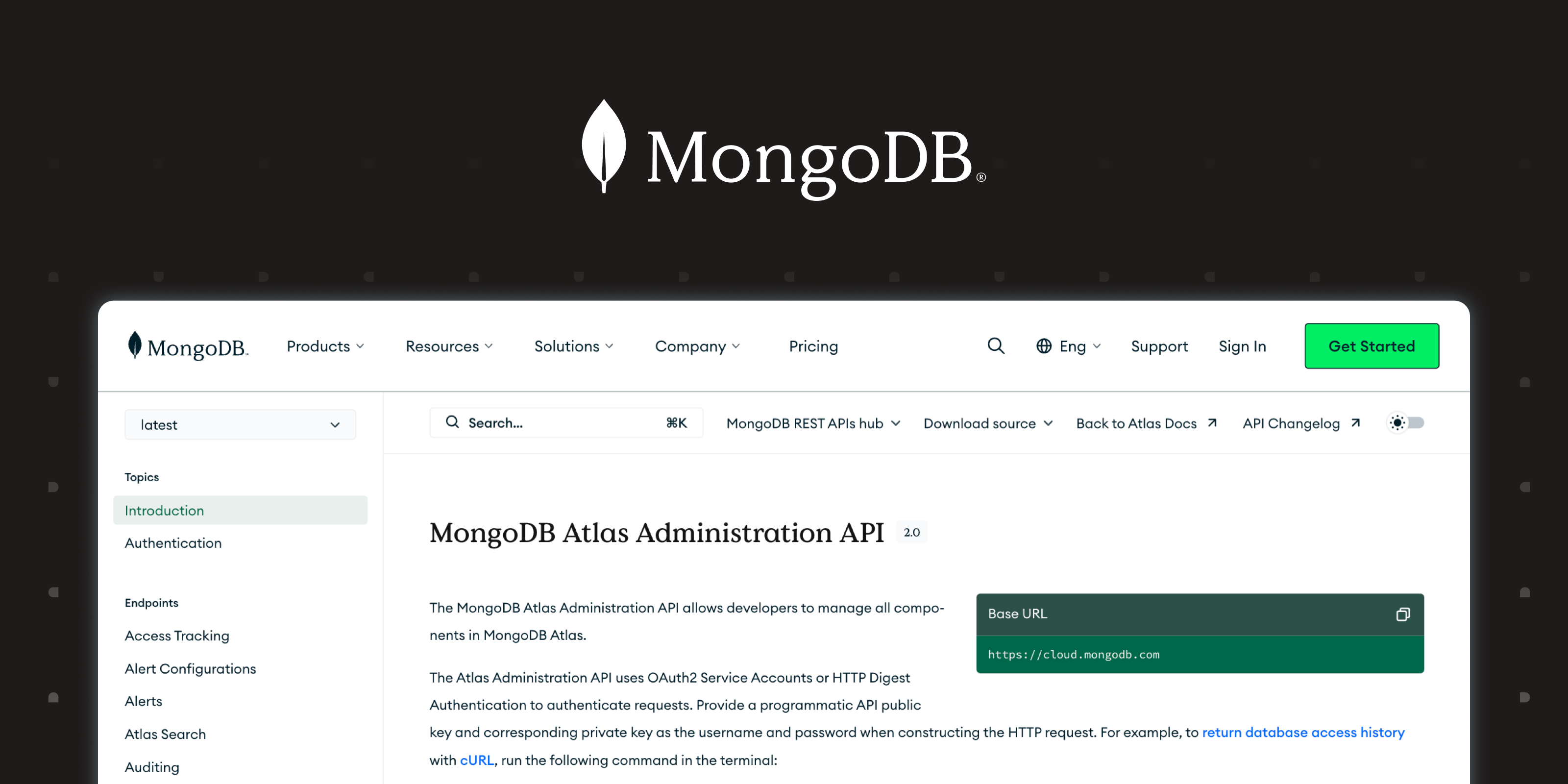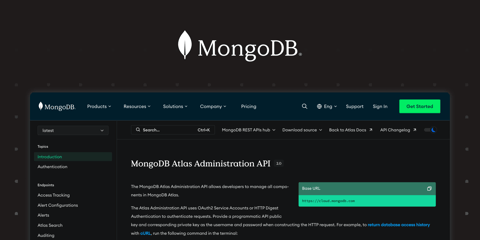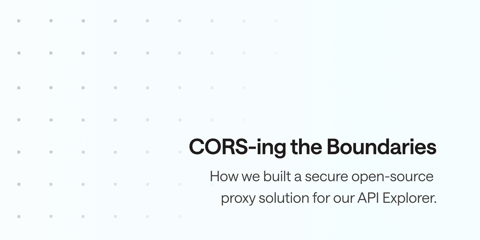Introducing Bump.sh Embed: full control, fully integrated API docs
Over the past few years, I’ve spent a lot of time exploring how companies build and present their API documentation. And there’s one pattern that consistently stands out among the best dev portals: the API docs feel fully integrated into the rest of the company’s website.
Just take a look at Square, Twilio or Stripe. Their API references aren’t hosted on a separate domain or stuffed in an iframe. They’re part of the main doc portal, sometimes even part of the marketing site. Why? Because they all use fully custom, in-house solutions that give them full control over design, routing, and user experience.
Now compare that to most API doc tools.
They all live outside your product. Separate domain (or subdomain if you’re lucky). Separate search. Different design. The moment you land there, you know you’ve left the main site. And let’s be honest, it’s never a great experience.
For a long time, Bump.sh followed the same pattern. That changed earlier this year when we started working with MongoDB. Chris Bush, Director of Engineering, came to us with a clear ask: “We want the API experience to feel like it’s part of our site, with the same domain, same navigation, same search. No friction.”
That conversation led us to rethink how API documentation should work.
Today, I’m thrilled to announce that we have built a new offer, which is now available for all our Enterprise customers: Bump.sh Embed.
Build the experience around your docs
Bump.sh Embed gives you the best of both worlds: you get the power of automated API documentation and the flexibility of a custom, in-house dev portal.
We parse your OpenAPI definitions and turn them into fast, structured pages. You integrate them however you want. The result? Your users don’t even realize they’ve left your site.
You get:
- Full control over URLs (on your root domain)
- Injection of your custom header, footer, and layout
- Custom CSS, fonts, and UI themes
- Integration with your own search engine
- Injection of your scripts (analytics, AI agents, etc.)
- Full SEO-ready portal: automatic sitemaps, titles, description, meta informations
- Control over rendering (dark mode, API switches…)
- Built-in support for translation platforms like Smartling
- Options for RAG and AI agents on top of your docs
Want a live example? MongoDB launched their docs with Bump.sh just a few days ago:
How it works
From the beginning, we knew one thing was critical: you should stay in full control of your documentation infrastructure.
Most companies we work with already use a reverse proxy or WAF in front of their web infrastructure. We designed Embed Mode to plug into that existing setup.
Here’s how it works:
- When a request hits your domain (e.g.
yourcompany.com/docs/api), your proxy forwards it to Bump.sh with a specific header. - Bump.sh returns a clean, pre-rendered HTML version of your docs.
- Your proxy (or a lightweight edge worker like Cloudflare, Cloudfront or Netlify ones) injects your branding, layout, and scripts before sending it to the browser.
This means you control 100% of the user-facing output, programmatically:
- Use the same HTML structure as the rest of your site
- Apply your design system directly
- Reuse the same dark mode toggles or layout logic
- Etc…

Why this changes everything
There are several key benefits to this approach:
1. Zero migration
You don’t have to move your whole docs portal or refactor everything. Just point your proxy to Bump.sh on your API doc URL, inject what you need, et voilà!
2. Seamless user experience
No more context switches, broken SEO, or disconnected design. Your API docs feel like a native part of your product.
3. Full control with no compromises
You keep ownership of routing, branding, caching, and structure. Bump.sh responds with ETags, so you can cache pages aggressively and serve in milliseconds.
What’s next: headless API documentation?
Bump.sh is already the best solution for teams managing complex APIs at scale.
With this first version of Embed Mode, we’re laying the foundation for a bigger shift in how API documentation should work.
We believe API docs shouldn’t live in a silo. They should extend your product, your content, and your developer experience.
What’s coming next:
- Embedded doc fragments in product flows
- More rendering formats like HTML, Markdown, and JSON
- JavaScript APIs to control front-end behavior
- Better integration with content systems, AI, and automation tools
Will Bump.sh become a full headless API doc generator? Maybe. But our goal stays the same. We want to give you the best possible experience to deliver your API docs, and your users the best possible way to read them.
Bump.sh Embed is available now on our Enterprise plan.
Get in touch. We’d love to help you build the developer portal you’ve always wanted.



